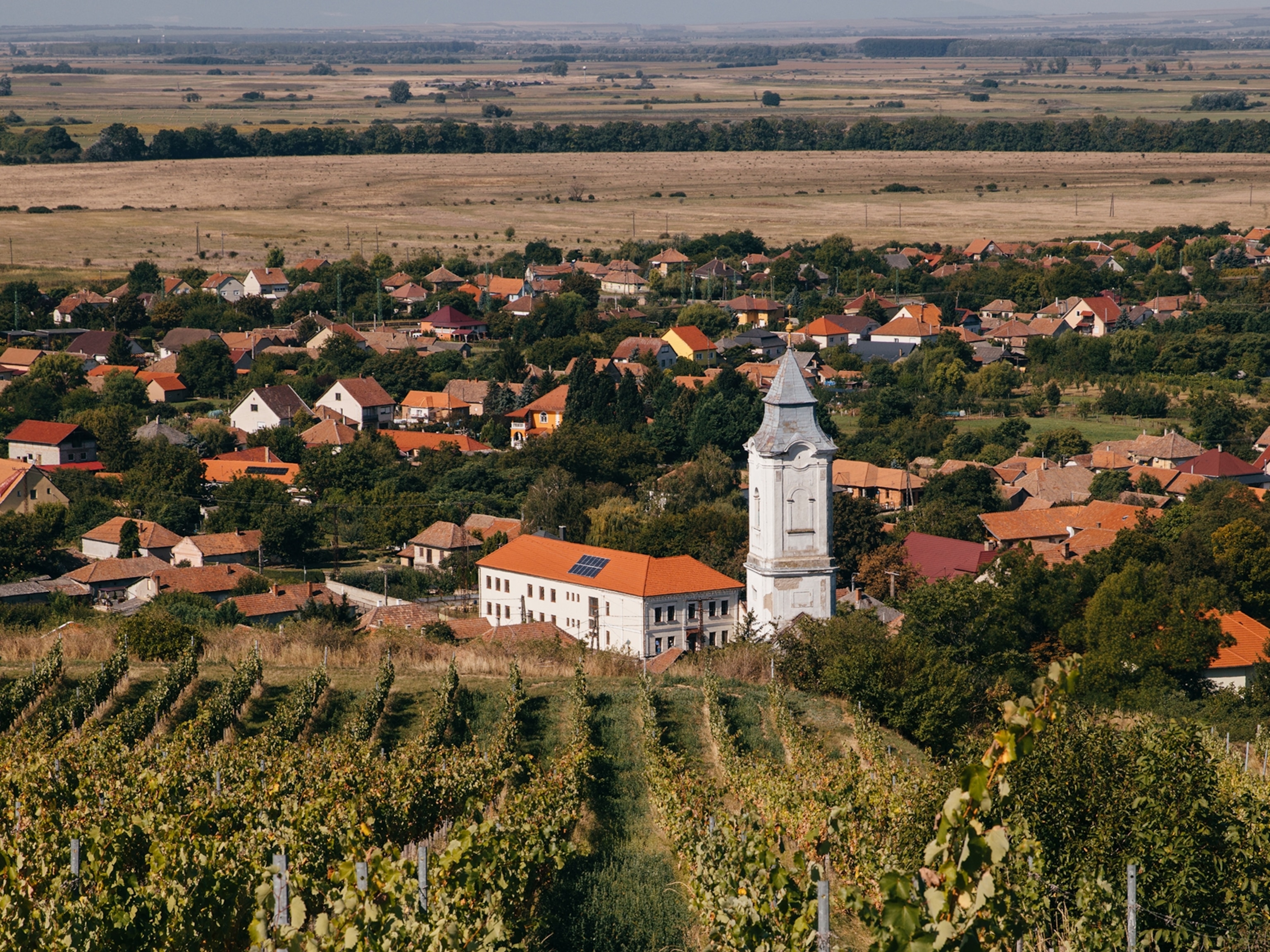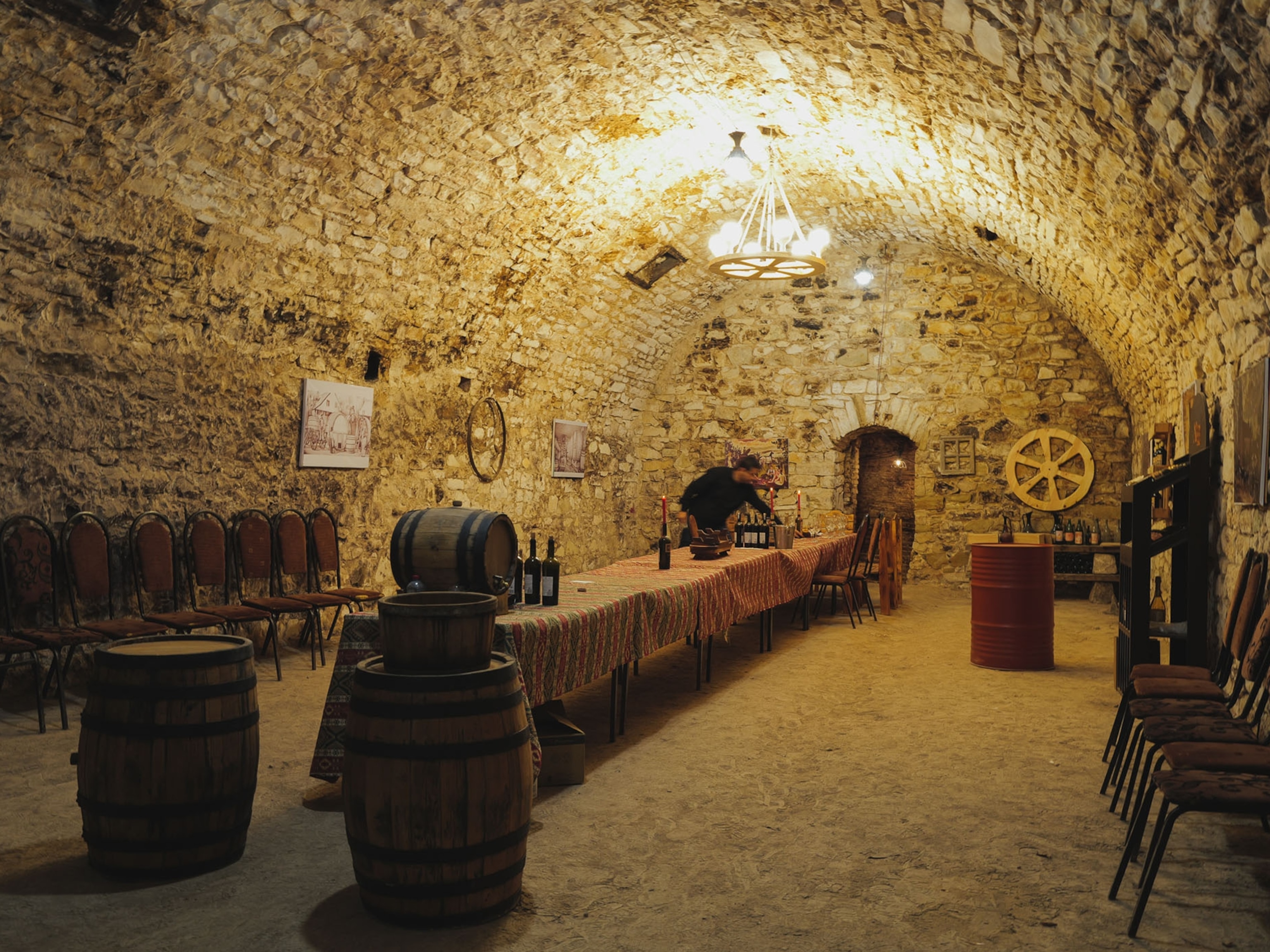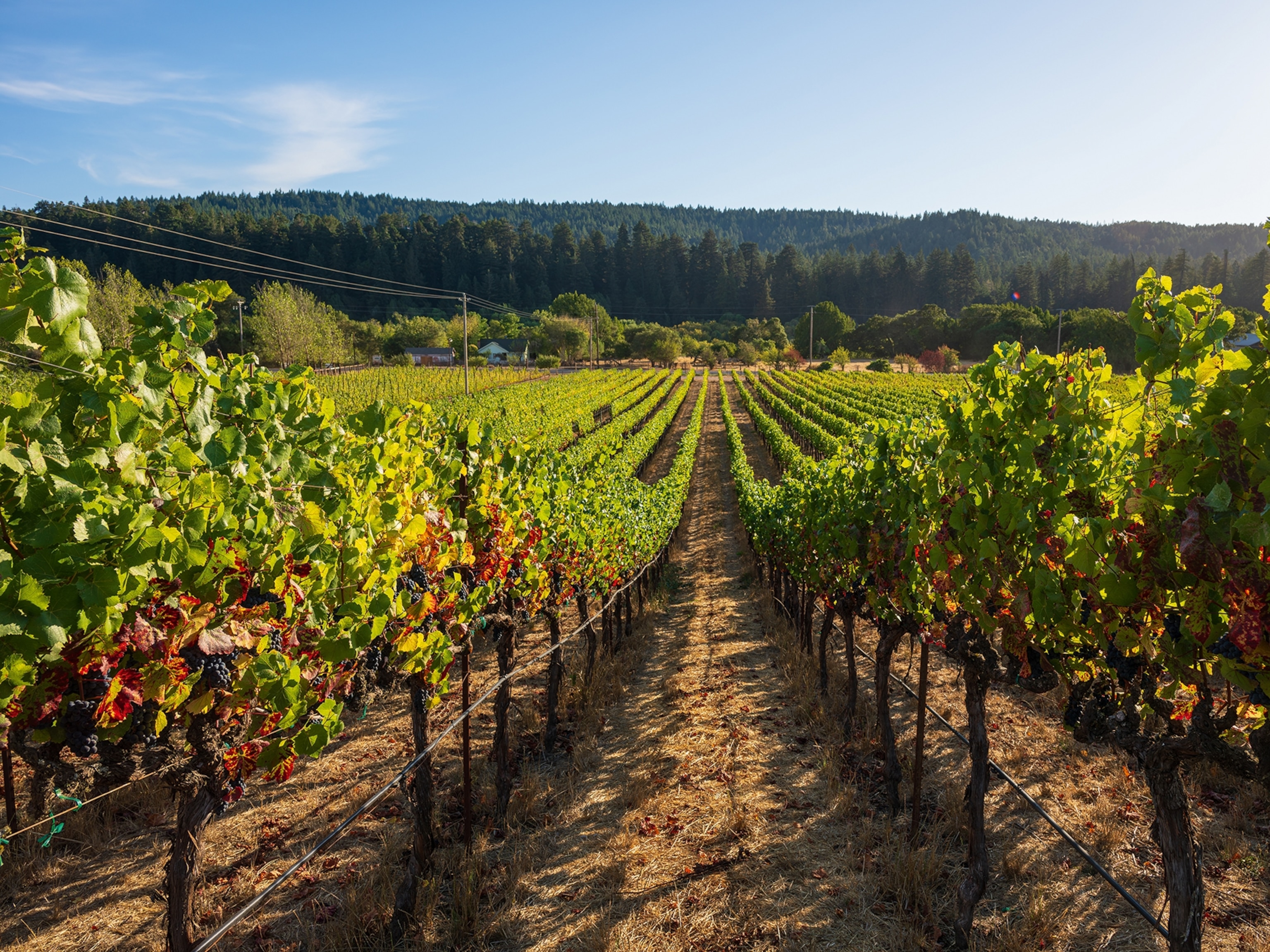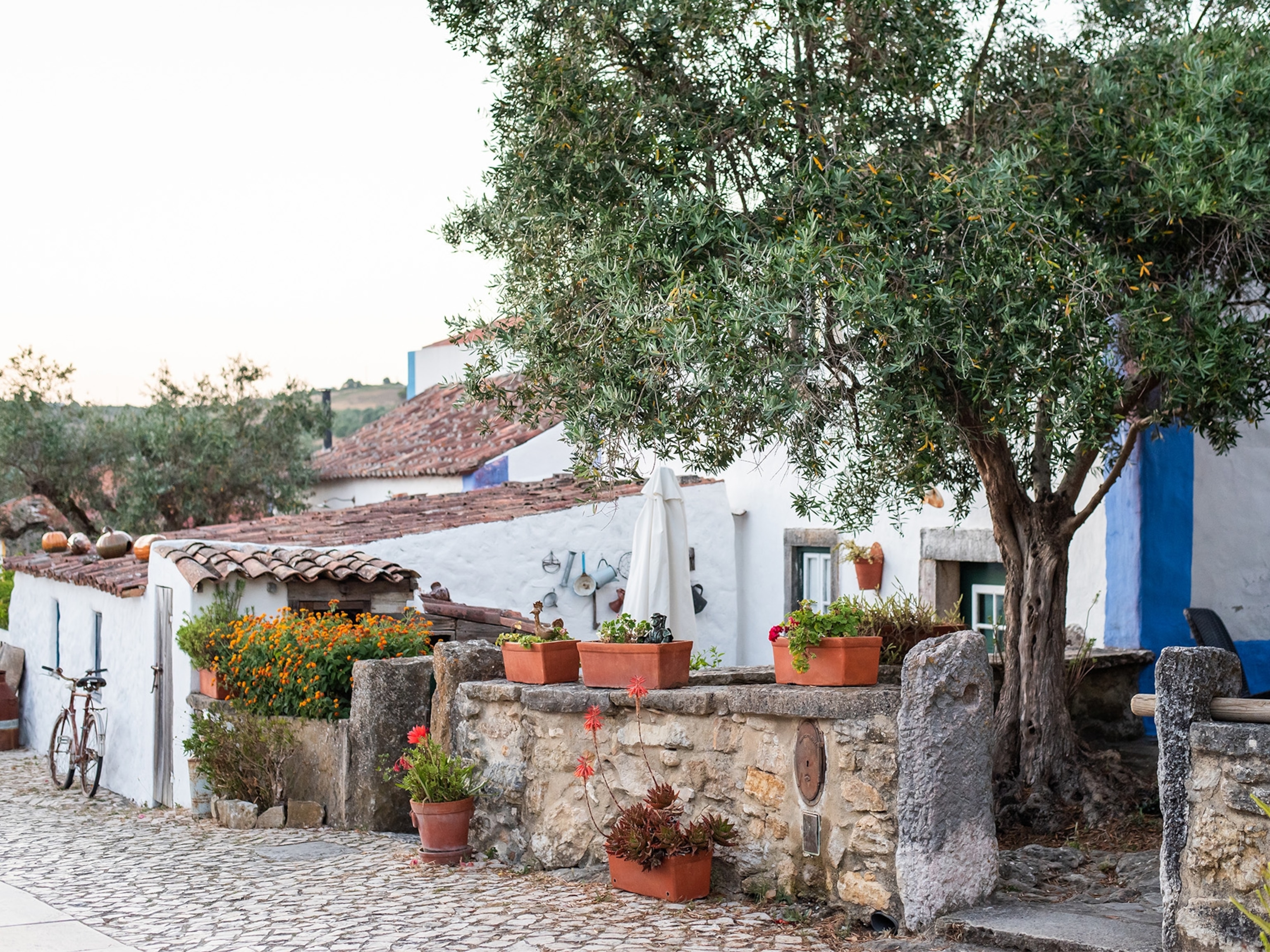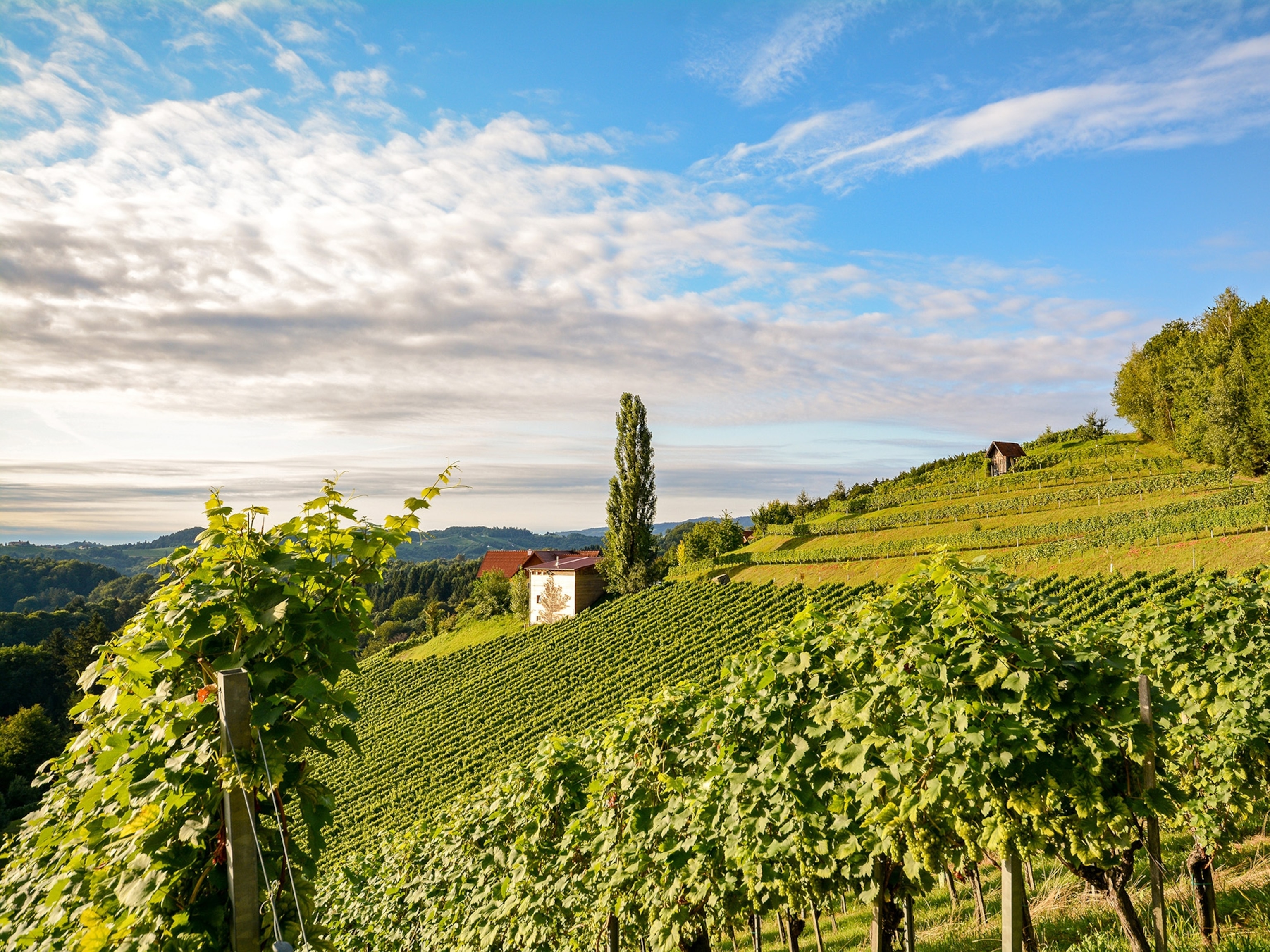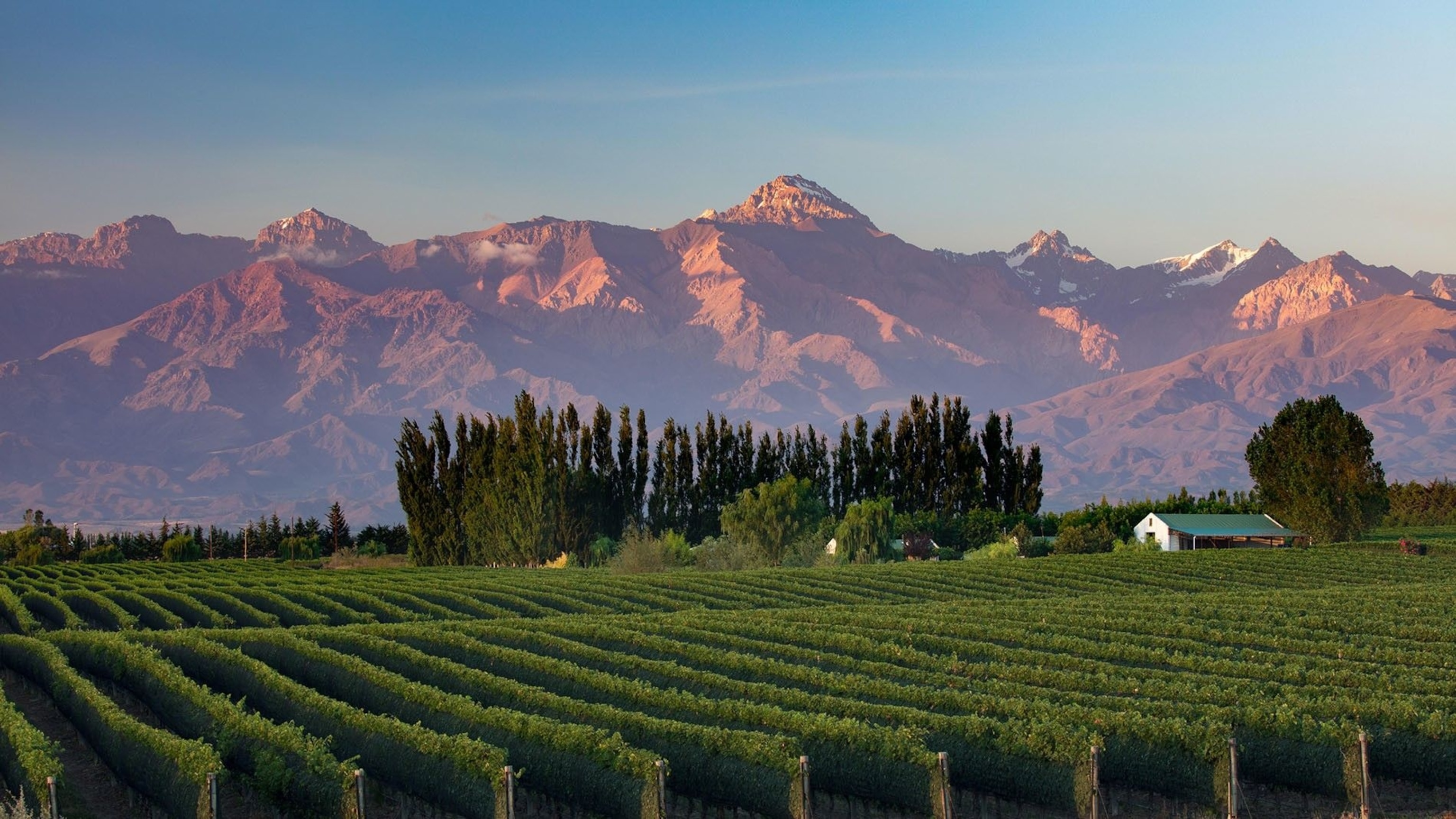
How Chardonnay has shaken off its oaky reputation around the world
Chardonnay is leaving behind its reputation for heavy oakiness, as wine producers around the world create lighter, fresher versions. We round up the best bottles to try.
Chardonnay. Does the word make you fancy a glass or make you shudder? Now what about chablis? Trick question, of course. Chablis is made from chardonnay grapes grown in the northernmost wine district of France’s Burgundy region, where the cool climate produces wines with a purer, more mineral character than the fruitier types produced in warmer climates. The grape is hardy and adaptable, and it’s this versatility that accounts for its presence in practically every wine region of the world.
So why the flak? Two or so decades ago, we were drinking practically nothing else, fuelled by an ocean of cheap Australian chardonnay. But then we fell in love, instead, with zesty New Zealand sauvignon blanc. Too many chardonnays were over-oaked, which, when combined with the tropical flavours of those produced in warmer climates like California, created a wine that was more cloying than refreshing. There was even, as many people might remember, an ABC (‘anything but chardonnay’) movement.
Over the past decade or so, though, there’s been a revolution. Wine producers have found colder areas in which to make chardonnay and reined in on the oak, resulting in fresher, more citrussy styles. The grape is increasingly found in cool, coastal regions such as South Africa’s Hemel-en-Aarde and Chile’s Limarí Valley. Things have changed in Australia, too, and you’ll now find chardonnays you could easily mistake for white burgundies across the country, from Victoria’s Yarra Valley to Western Australia’s Margaret River. In neighbouring New Zealand, chardonnay is now as much of a star as sauvignon blanc, and Argentina is producing world-class varieties at high-altitude vineyards in the Uco Valley.
So how do you tell different styles of chardonnay apart? The clues are on the label. Check for the alcohol percentage (more full-bodied chardonnays will be 14% ABV or more) and the presence of oak, often indicated by the words ‘barrel-fermented’. ‘New oak’, meanwhile, tends to flag up a more marked oak character.
Then there’s the question of how old the wine is. More mature chardonnays may be more subtle, but is that necessarily a bonus? It depends what you’re looking for: if you’re drinking it on its own or with shellfish, you’ll probably prefer a younger chardonnay. If you’re looking for a richer style to partner with, say, scallops or mushroom risotto, you’ll probably appreciate an older vintage.
As with other wines, it often comes down to price. A £7 bottle of chardonnay is unlikely to blow your socks off, but spend twice that and you’ll notice the difference; spend three times as much and you’ll wonder what’s kept you away from chardonnay for so long.
Five top Chardonnay wines to try
1. France: WM Morrison Chablis 2018
You might be surprised to hear that supermarkets sell extraordinarily good own-label chablis, of which this pure, clean, fresh young wine is an excellent example. Pair with oysters or other raw shellfish. £13.
2. USA: Bread & Butter Chardonnay 2017
There’s nothing subtle about this wine, but it’s one of Majestic’s bestsellers — proof that people do like big, oaky, almost smoky chardonnays after all. £15.99 (or £10.99 with a ‘mix six’ deal).
3. Australia: De Bortoli Villages Chardonnay 2018
This chardonnay from the Yarra Valley (one of the country’s best regions for this grape variety) isn’t a stereotypical Aussie ‘chardy’. Gorgeously creamy, it’s a good match for fish pie. £9.99.
4. New Zealand: Kumeu River Estate Chardonnay 2017
New Zealand is as good at producing chardonnay as it is sauvignon blanc. This one is from the country’s North Island, and it’s as opulent as a meursault. Drink it with seafood such as scallops. £18.50.
5. South Africa: Newton Johnson Sandown Bay Chardonnay 2018
South Africa’s aptly named Hemel-en-Aarde (‘heaven on earth’) region produces lush chardonnays like this one, available for a fraction of the price of top white burgundies. £15.99.
Published in Issue 8 of National Geographic Traveller Food
Follow us on social media
Twitter | Facebook | Instagram

